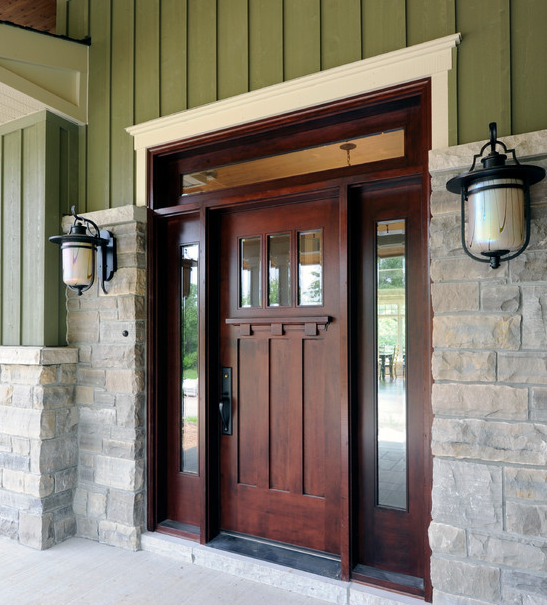I think i can get the walls 337mm thick from outside brick to inside of skirting board as follows: Patching surrounding gaps using cement mortar external wall. what is the thickness of an exterior wall.
What Is The Thickness Of An Exterior Wall, The thickness of the exterior walls of a building depends on multiple different factors. Popular trending about us asked by: Patching surrounding gaps using cement mortar external wall.
 Exterior walls are built around a structural core of cross From pinterest.com
Exterior walls are built around a structural core of cross From pinterest.com
As far as standard building materials are concerned, masonry walls tend to be the thickest, and the maximum recommended thickness for walls up to 70 feet high is 12 inches. Exterior stone walls have traditionally been as thick as 18 inches. Components gyproc board products gyproc wallboard thickness 12.5, 15mm width 1200mm gyproc fireline thickness 12.5mm width 1200mm
Exterior stone walls have traditionally been as thick as 18 inches.
Wall thickness and measurements cpd guide v1.1 page 4 of 12 a wall thickness measurement is also an ideal feature used to determine the type of wall construction of a property when it is not clearly identifiable. But it can be just as effective with a thickness of 12 inches. A solid wall will be 23cm (9) thick plus internal plastering and external rendering (if any) and a cavity wall 30cm (11.5) plus plastering and rendering (if any). Another important factor for wall thickness is the wallboard used in your home. Typical figures of wall thickness for the age band of the property it Timber frame external walls dry linings 5.6 health and safety safety data sheets for all gypsum industries’ products are available to download from our website www.gypsum.ie, or via our technical sales department.
Another Article :

Exterior wall thickness varies, depending on the exterior finish, siding and brick facing. Timber frame external walls dry linings 5.6 health and safety safety data sheets for all gypsum industries’ products are available to download from our website www.gypsum.ie, or via our technical sales department. Sometimes this thickness increases depending on the type of plaster or panels over them. Another important factor for wall thickness is the wallboard used in your home. But it can be just as effective with a thickness of 12 inches. 33 reference of standard exterior wall thickness.
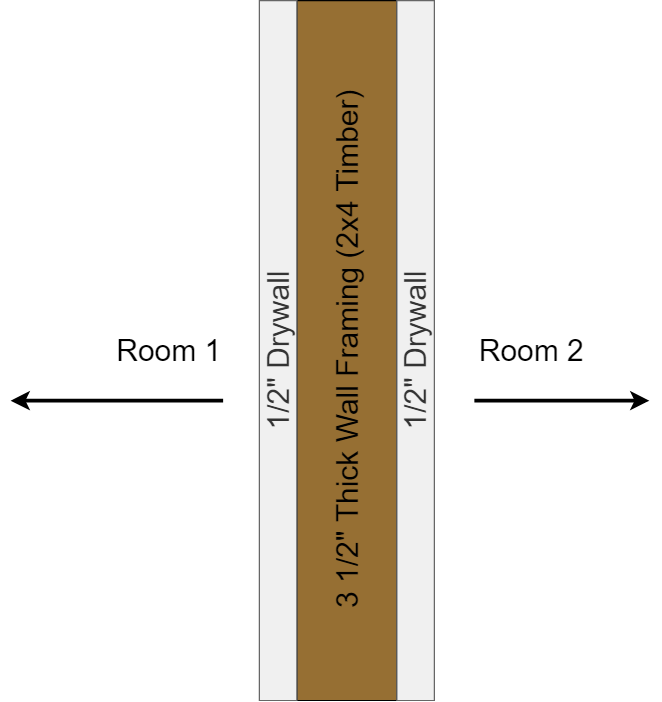
Usually, interior walls are anywhere from 4 to 6 inches thick, and exterior walls are typically 6 to 8 inches. For houses, interior walls are usually 4.5 or 5 4 level 1 minkowar · 3y A solid wall will be 23cm (9) thick plus internal plastering and external rendering (if any) and a cavity wall 30cm (11.5) plus plastering and rendering (if any). For properties that measure up to 70 feet in height, it is recommended that the exterior walls be no thicker than twelve inches. Exterior walls on a building: How Thick Are The Walls In A Typical Tiny House? Super.

However, the standard thickness of icf exterior walls is 12 inches, reducing room sizes and minimizing the home�s square footage. What is the standard thickness of brick wall in india. The overall thickness of sandwich wall panels in commercial applications is typically 8 inches, but their designs are often customized to the application. To maintain the original square footage of a building plan, you must increase the overall dimensions of the house, which also impacts the design of the roof and foundation. It really depends on what your walls are made of, your interior and exterior finishes, and your type of project. Doublestud walls Fine Homebuilding.
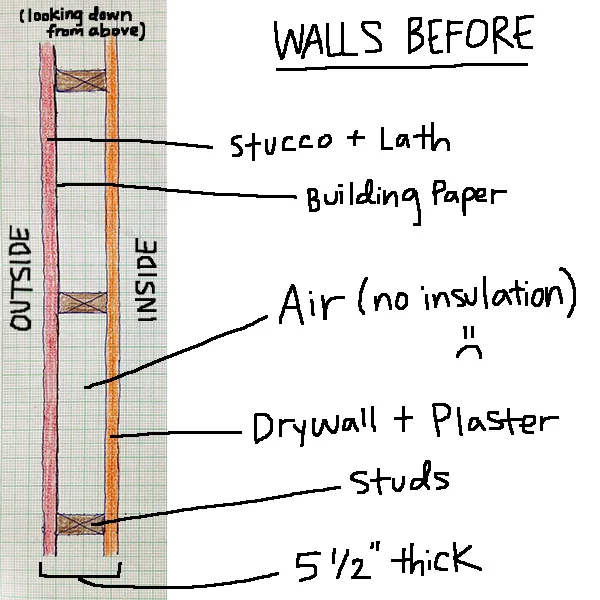
For every additional 70 feet of height added onto the property, the wall thickness can be increased by an extra four inches to support the additional weight of the structure. That 1/8 or 1/4 inch makes a tremendous difference. Exterior walls on a building: What is the standard thickness of brick wall in india. Exterior stone walls have traditionally been as thick as 18 inches. How We Turned Our House into a Giant Foam Box, Part I.
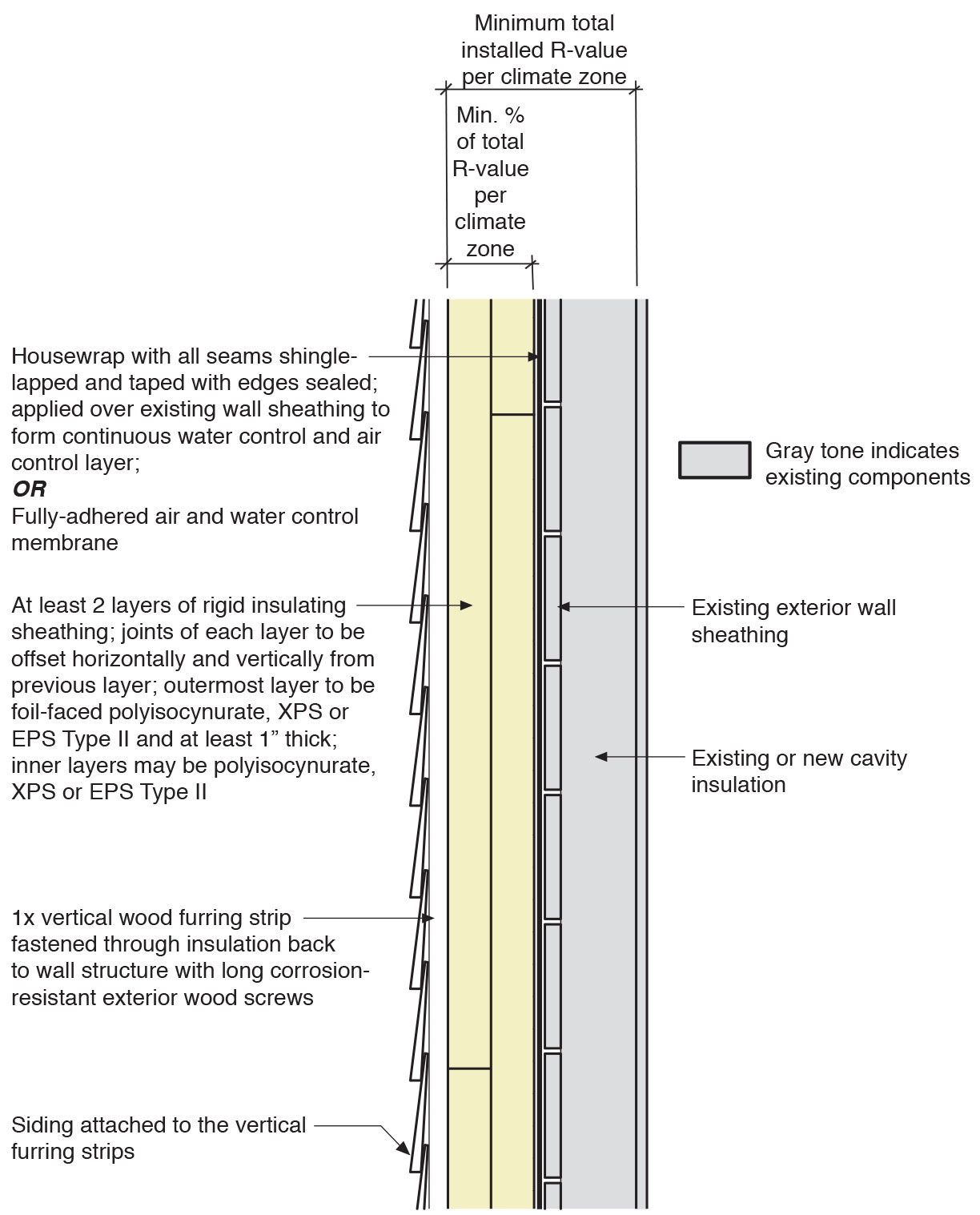
Exterior wall thickness varies, depending on the exterior finish, siding and brick facing. Once the insulation is in the wall and sealed up with drywall, it is not easy to change out. I think i can get the walls 337mm thick from outside brick to inside of skirting board as follows: The 5/16” thickness used to be the most popular measurement for paper on gypsum (pog) wallboards, but the majority of new clayton homes with pog wallboards are now 3/8”. Exterior wall thickness varies, depending on the exterior finish, siding and brick facing. Insulating sheathing is installed on exterior of an.
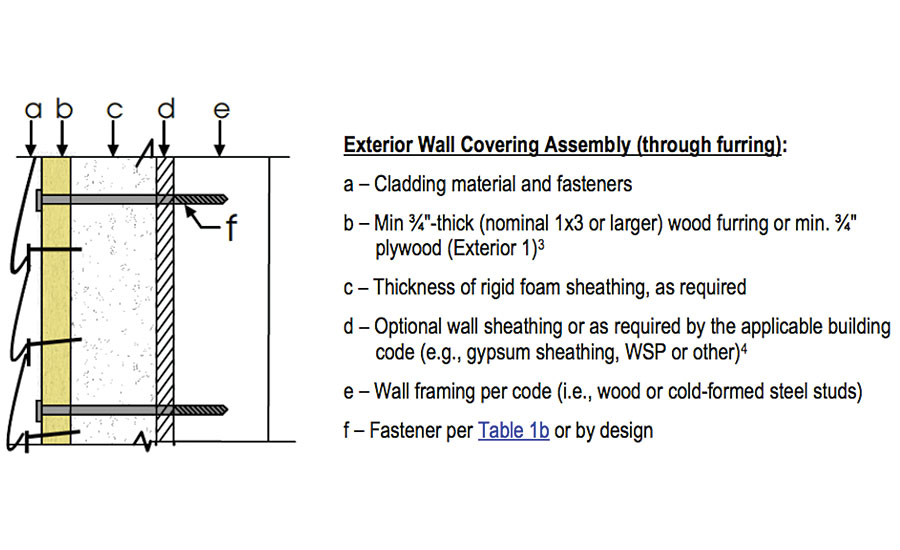
Interior walls in older construction may differ. A solid wall will be 23cm (9) thick plus internal plastering and external rendering (if any) and a cavity wall 30cm (11.5) plus plastering and rendering (if any). Popular trending about us asked by: Exterior walls on a building: Sometimes this thickness increases depending on the type of plaster or panels over them. What’s Going on in the Lath & Plaster Industry? 201608.

Timber frame external walls dry linings 5.6 health and safety safety data sheets for all gypsum industries’ products are available to download from our website www.gypsum.ie, or via our technical sales department. However, the standard thickness of icf exterior walls is 12 inches, reducing room sizes and minimizing the home�s square footage. I think i can get the walls 337mm thick from outside brick to inside of skirting board as follows: Components gyproc board products gyproc wallboard thickness 12.5, 15mm width 1200mm gyproc fireline thickness 12.5mm width 1200mm Drying and planing reduce the finished size to the current standard of 1.5 by 3.5 inches. Exterior walls are built around a structural core of cross.

Exterior stone walls have traditionally been as thick as 18 inches. The overall thickness of sandwich wall panels in commercial applications is typically 8 inches, but their designs are often customized to the application. 10mm clear residual cavity 75mm kingspan kooltherm k106 cavity board 100mm block. But it can be just as effective with a thickness of 12 inches. For every additional 70 feet of height added onto the property, the wall thickness can be increased by an extra four inches to support the additional weight of the structure. Avoiding Wet Walls JLC Online.

For every additional 70 feet of height added onto the property, the wall thickness can be increased by an extra four inches to support the additional weight of the structure. That if it is 7/8 of an inch thick, it can withstand twice the impact as a wall where the stucco is only 1/2 or 5/8 inch thick. M&e services that penetrate the external walls should be housed in trunking boxes, with the surrounding gaps properly sealed to prevent any leakage, as illustrated in figure 5.16 below. However, the standard thickness of icf exterior walls is 12 inches, reducing room sizes and minimizing the home�s square footage. Routing of pipes in the trunking box 2. Sustainability Free FullText Optimum Insulation.
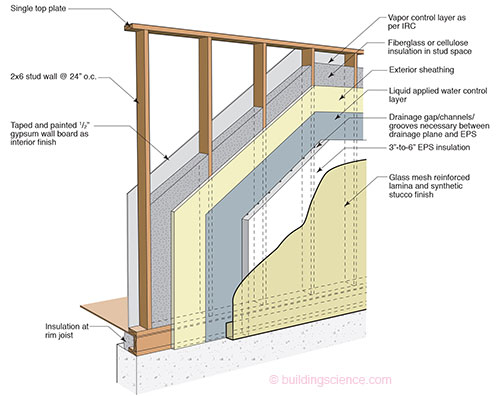
Exterior wall thickness varies, depending on the exterior finish, siding and brick facing. Popular trending about us asked by: Timber frame external walls dry linings 5.6 health and safety safety data sheets for all gypsum industries’ products are available to download from our website www.gypsum.ie, or via our technical sales department. Interior walls in older construction may differ. Usually, interior walls are anywhere from 4 to 6 inches thick, and exterior walls are typically 6 to 8 inches. ETW Wall Exterior Insulation Finish Systems (EIFS) Wall.

Timber frame external walls dry linings 5.6 health and safety safety data sheets for all gypsum industries’ products are available to download from our website www.gypsum.ie, or via our technical sales department. Add an extra 4 inches for each additional 70 feet in height. Studies indicate that on a traditional hard coat stucco wall with lath, which should be 7/8 inch thick as required by code. That 1/8 or 1/4 inch makes a tremendous difference. Drying and planing reduce the finished size to the current standard of 1.5 by 3.5 inches. Entry door jamb width illustration. Common jamb sizes 49.
Interior walls in older construction may differ. Thickness of exterior walls (1) masonry exterior wall s, other than cavity wall s, in 1 storey building s and the top storeys of 2 and 3 storey buildings shall be not less than 140 mm thick provided the walls are not more than 2.8 m high at the eaves and 4.6 m. Another important factor for wall thickness is the wallboard used in your home. Sometimes this thickness increases depending on the type of plaster or panels over them. That 1/8 or 1/4 inch makes a tremendous difference. What is standard residential wall thickness? Quora.

Interior walls in older construction may differ. 10mm clear residual cavity 75mm kingspan kooltherm k106 cavity board 100mm block. Encasing m&e services in trunking boxes 1. How thick is exterior wall? Drying and planing reduce the finished size to the current standard of 1.5 by 3.5 inches. The New House Next Door December 2013.

M&e services that penetrate the external walls should be housed in trunking boxes, with the surrounding gaps properly sealed to prevent any leakage, as illustrated in figure 5.16 below. Manufactured home wallboards range in thickness from 5/16” to ½”. Usually, interior walls are anywhere from 4 to 6 inches thick, and exterior walls are typically 6 to 8 inches. The 5/16” thickness used to be the most popular measurement for paper on gypsum (pog) wallboards, but the majority of new clayton homes with pog wallboards are now 3/8”. As far as standard building materials are concerned, masonry walls tend to be the thickest, and the maximum recommended thickness for walls up to 70 feet high is 12 inches. Lstiburek’s Ideal DoubleStud Wall Design Stud walls.
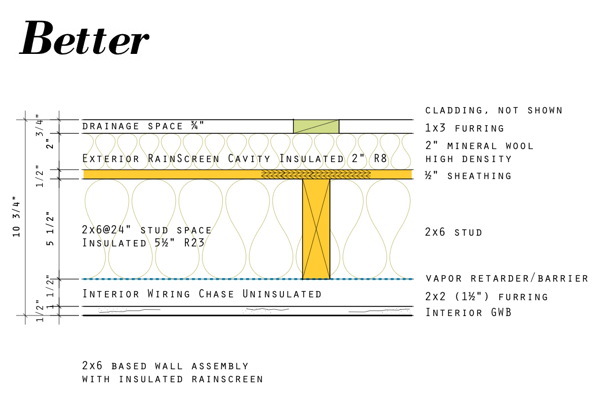
Add an extra 4 inches for each additional 70 feet in height. Thickness of exterior walls (1) masonry exterior wall s, other than cavity wall s, in 1 storey building s and the top storeys of 2 and 3 storey buildings shall be not less than 140 mm thick provided the walls are not more than 2.8 m high at the eaves and 4.6 m. Exterior stone walls have traditionally been as thick as 18 inches. Another important factor for wall thickness is the wallboard used in your home. For every additional 70 feet of height added onto the property, the wall thickness can be increased by an extra four inches to support the additional weight of the structure. Modern House Plans by Gregory La Vardera Architect USA.


